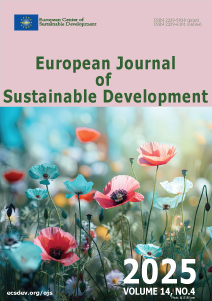China’s Sustainable Development Policies and FDI: Short-term Dynamics, Long-term Impact, and Forecast
Keywords:
industrial upgrading, green clean energy, low carbon, ARDL model, VECM model, machine learningAbstract
In the context of the 2024 global economic recession, can China's sustainable development policies attract foreign direct investment to achieve industrial upgrading and drive economic growth?This paper examines the short-term dynamics, long-term impact, and forecast of the relationships between industrial policy, green clean energy, carbon pricing, and FDI.
The research uses the Autoregressive Distributed Lag (ARDL) model and the Vector Error Correction Model (VECM) to comprehensively study the short-run and long-run connection among the LFDI and the secondary industry growth, green energy generation and carbon pricing. China officially established its carbon market in 2013, with sustainable access to official data available since then.Although the duration of our research data is relatively short, we have already applied the corresponding models to analyze and compensate for the data insufficiencies.By using this methodological approach, the paper demonstrates how these variables affect LFDI across various time horizons and assesses their contribution to the sustainable development of the economy. Additionally, machine learning techniques are utilized to adopt a rolling forecast approach to predict LFDI levels.
Keywords: industrial upgrading, green clean energy, low carbon, ARDL model, VECM model, machine learning
Downloads
Published
How to Cite
Issue
Section
License

This work is licensed under a Creative Commons Attribution-NonCommercial 4.0 International License.





